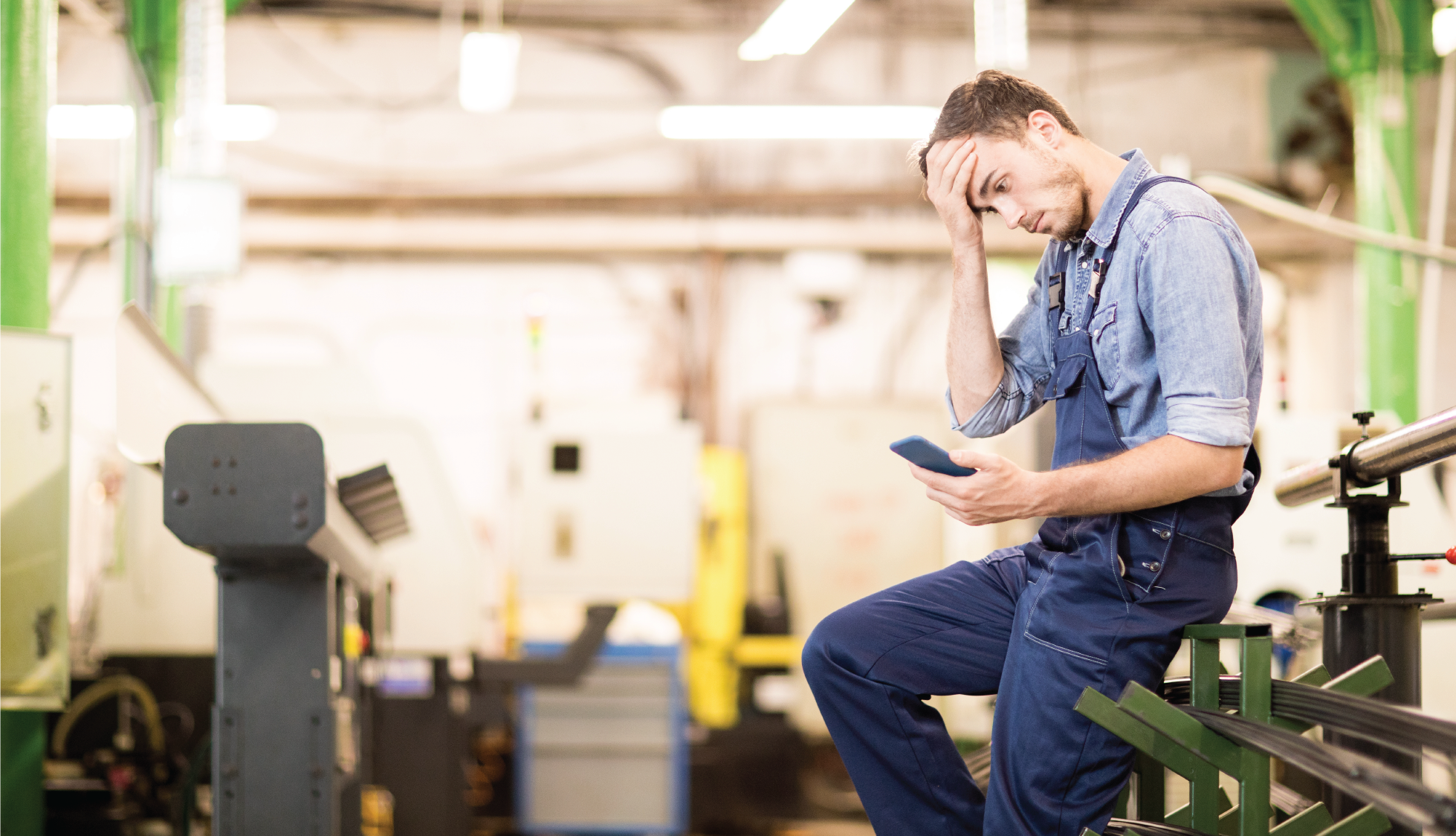Written by Justin Lake, Skyllful
We need technology that helps, not hinders the mobile workforce
There are millions of workers all around us that are hard to see. They are the men and women who are so busy working that we sometimes fail to recognize their existence. They are stocking shelves, installing equipment, repairing elevators, loading aircrafts, and delivering food to stores and offices. These people are hands-on workers, who in addition to the other tools they use to get their jobs done, often need to use digital tools as well: mobile devices and mobile applications.
If these people stopped doing their jobs for one day, the world as we know it would come to a grinding halt. But, too frequently the technology they need to do their jobs gets in their way.
We’ve had a few of these people come by our office on occasion. We get deliveries from FedEx, UPS, Amazon, and even our favorite coffee vendor. Every single one of them has been professional and expeditiously got the job done.
When we first moved into our office in Plano, the most important item on my to-do list was getting a coffee service set up in the office—how can we solve digital training problems without caffeine? So, I did some research, found a regional vendor, and requested an in-office visit.
The vendor sent over a salesperson who took our order. Days later, a technician arrived to install our coffee maker. A few hours later, a delivery person showed up with a truck full of coffee and a tablet. He asked us, “What kind of coffee did you order?”. I admitted I had no clue, but wondered if the order could be pulled up on their tablet. Unfortunately, the delivery driver wasn’t able to and we had to locate our original order.
The next time, the delivery driver experienced another tech malfunction, only this time the tablet said we had ordered one of everything. We got to chatting about the app and the delivery driver admitted he’s actually one of the more skilled users of the app. The delivery driver explained a common mistake made by his colleagues: every time they have to do inventory, there’s a switch that must be flipped in the application. If this isn’t done, another order is placed, instead of taking inventory of current stock, which causes inventory inaccuracies.
Our coffee supplier is a quality company with quality employees. Yet, they’ve struggled to extract full value from their technology investments. Why would a company invest in field technology and not provide their delivery drivers with up-to-date information about customer orders? (hint: they wouldn’t)
At this point, it was evident to me: the coffee company’s technology that was intended to make it easier for salespeople, install techs, and delivery personnel was actually getting in the way of effectively completing their job.
I believe our caffeine supplier goes to great lengths to train their team members. It’s apparent by the quality of their work. But it’s also obvious that a gap remains between those well-trained employees and the technology they’re asked to use. Perhaps training on the software is an afterthought, or the software is more complicated than it seems. Either way, it’s a shame that companies are making smart investments in technology, but not delivering on the customer experience or operational efficiency, they set out to achieve.
The true cost of tech.
When you start looking at the cost of that company’s app, they’ve spent hundreds of thousands on technology for their workers. Consider this: the regional coffee company employs hundreds of workers and between an iPad and the rugged case on it, they spent over $550 on tech for each worker. Further, the company had spent time and money on instructor-led classroom training for all of these workers.
The solution.
In working with other companies that have large field workforces like the coffee company, we’ve noticed that virtually all of them struggle to utilize technology in an effective manner. These people are hands-on workers. They’ve learned their skills and earn a living by doing, not by watching. Why not give them an opportunity to learn the digital skills they need in the same way?
None of the application users rely on their tablets while they’re sitting at a desk, so why were they trained at one? Instead, users should be trained on the devices they hold in their hands. After training, for tasks that drivers rarely do — and even ones they do regularly — they can go back and revisit their training on-device and on-demand for a quick refresh from anywhere.
Instead of just sending someone into the field to do work, assuming they know how to use technology, give them the resources they need to effectively utilize technology.
Download this checklist to explore more common drawbacks of antiquated training methods and modern solutions for them.


